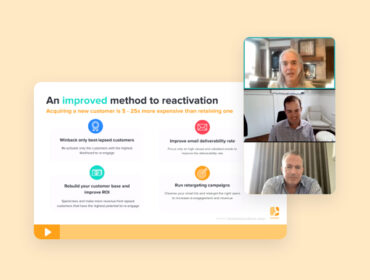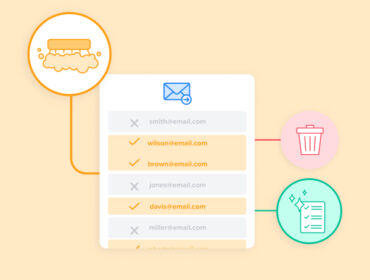Advertisers’ checklist: Preparing for the death of the third-party cookie

As director of martech solutions at Hearts & Science global marketing agency, Sarah Polli spends much of her day helping clients prepare for the death of the third-party cookie.
“It’s definitely something we don’t want our clients or publishers to put on the back burner because – regardless of what is going on in the world – this is still happening,” Polli said in a recent Real Time Banter webinar.
We asked Polli to share her top strategies for preparing for the death of the third-party cookie and prioritizing “the new gold”: first-party data.
Choose identity-based platforms
The industry may have built itself off third-party cookies, but that’s about to change. So it’s important to start using platforms that help you collect and track identity-based data.
“We’re now essentially a year-and-a-half away, and that timeline is just going to get shorter and shorter,” Polli said. “And we’re going to start seeing implications before Chrome even fully changes.”
Data transfer files are being depreciated, for example. And starting next month, user IDs for California consumers will be removed from those data transfer files. This will prevent companies from tracking users at an individual level.
“You’re going to have to go back and talk about your measurement strategy and how you look at everything in different silos, against different IDs,” Polli said.
Look into data clean rooms
Data clean rooms allow brands to combine aggregated data from walled gardens like Facebook and Google with their own first-party data to improve consumer tracking and attribution. They can also use this data to see if there are any overlaps or inconsistencies.
“We’re educating clients on those clean rooms like Google Ads Data Hub and Facebook’s Advanced Analytics,” Polli said. “Amazon is working on theirs right now, and I’m sure a slew of other ones are coming out. You’re going to have to use all of them.”
Use Safari as a test for what’s to come
Polli believes that instead of shying away from Safari altogether, brands can use it as a test case for what the future of consumer tracking across the web might look like.
“See what you can learn from the impact because the Safari users are still very, very valuable,” Polli said. “What insights can you gain from there in order to prepare and start to strategize for when this is the norm?”
In a previous Real Time Webinar, Stephanie Layser, vice president of advertising technology and operations at News Corp, shared similar advice from the publisher perspective.
“Solve your Safari problem. That also solves your Chrome problem,” she said. “Look at your monetization on Safari. That’s an indication of how much money you’ll lose with the death of the third-party cookie, especially if buyers decide to shift their dollars to TV or even just to Facebook and Google. And find partners that can help you activate on Safari.”
Align the company to consolidate first-party data
The key to preparing for the death of the third-party cookie? The whole organization needs to be behind a shift to prioritize first-party data and identity-based strategies.
“Customer data platforms (CDPs) need the whole organization involved,” Polli says. “Ideally, all of the siloed data for an entire organization would go into one place, which doesn’t happen. It’s not happening right now.”
The web team might handle consent management, for instance, while the media team is in the dark about data privacy settings. And the company might use a CDP that’s only for the media side, while the whole organization should be using it to understand the customer.
“So we’re trying to figure out how to work with media clients and bring all of this information together,” Polli says. “We want to get the whole organization connected and talking the same language to push everyone forward in order to be future proof.”


